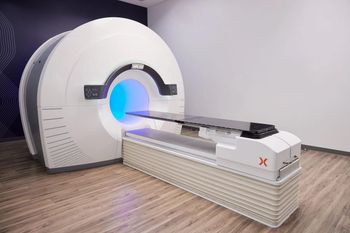
Canadian C-spine Rule Best for Spine Injury Screening
Canadian C-spine rule is more accurate in screening for cervical spine injury compared with NEXUS, but more education is needed to curb imaging.
The Canadian C-spine rule results in better diagnostic accuracy in screening for cervical spine injury following blunt trauma compared with the National Emergency X-Radiography Utilization Study (NEXUS) criteria, according to a study published in the October issue of the
Both rules are used internationally, but there is no consensus as to which rule is preferable. Researchers from Australia and the Netherlands searched the literature for studies to see if one rule was more effective. Fifteen studies matched their criteria, however, only study directly compared the accuracy of the two rules. The results showed that the Canadian C-spine rule had better accuracy. The other studies evaluated one or the other.
The researchers found that sensitivity ranged from 90 percent to 100 percent with specificity of 1 percent to 77 percent with the Canadian rule. For NEXUS, sensitivity ranged from 83 percent to 100 percent with specificity of 2 percent to 46 percent.
“We found that the Canadian C-spine rule appears to have better diagnostic accuracy than the NEXUS criteria,” the authors wrote.
However, clinical practices are relying on a more liberal use of imaging, which may be because of patient preference, malpractice fears or uncertainty of the accuracy of the screening tools, the authors said. “Improved education of physicians may facilitate greater use of these rules."
Newsletter
Stay at the forefront of radiology with the Diagnostic Imaging newsletter, delivering the latest news, clinical insights, and imaging advancements for today’s radiologists.




























